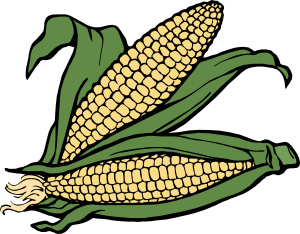Fred Case once told me he choose to be a High School teacher instead of a college professor because it afforded him more time to be out in the field studying plants. He could have been a great college professor, but instead he became an outstanding high school teacher. You have to be an outstanding teacher to win The Outstanding Teacher Award and Fred was honored twice. He was named Outstanding Biology Teacher in 1971 and Outstanding Science Teacher in 1987. Fred Case was not your typical high school teacher.
 |
| Fred Case in his garden |
I was never a student at Arthur Hill High School in Saginaw Michigan, however, I was fortunate enough to be his pupil for two lectures at Michigan State. I consider myself lucky to have known Fred and to have been his student, even if it was just for two days. His passion for plants and nature was contagious. He left me with an overpowering desire to be out in the woods studying plants. He did much more than teach, he inspired. Fred Case, teacher and botanist passed away Wednesday, January 12, 2011 at the age of 83 years.
Fred was an internationally acclaimed expert on North American native orchids, trillium and insectivorous plants. He and his wife Roberta authored three books and authored or co-authored many articles for magazines and scientific publications about native orchids, trilliums, insectivorous plants, wildflowers and gardening. He received numerous awards and recognition for his achievements in botany and lectured extensively. He had been associated with Cranbrook Institute of Science, The University of Michigan Matthaei Botanical Gardens, Longwood Gardens, The Michigan Dept. of Natural Resources Committee on Endangered and Threatened Plants, the Michigan Botanical Club, North American Rock Garden Society, the Saginaw Valley Audubon Society, Saginaw Valley Orchid Society and The Nature Conservancy. In short, he was he was an icon in the field of botany.
 |
| Trillium cuneatum the Whippoorwill Flower |
Fred was good enough to trust me to introduce one of his most beautiful plant discoveries. Berry Heavy Gold® (Ilex verticillata 'Roberta Case'). Commonly known as Michigan holly or winterberry, Fred's selection has the brightest and largest berries of all the gold selections introduced. Older selections such as Winter Gold are really more orange than gold, but Berry Heavy Gold is the real deal. It shines in the garden. Heavy fruiting, this native deciduous holly is great for mass plantings, providing winter interest, especially when mixed in with red fruited varieties such as Berry Heavy Red. I love that this outstanding landscape plant is a living legacy to this great plantsman.
 |
| Berry Heavy Gold® Ilex verticillata |
 |
| Berry Heavy Gold® Ilex verticillata in the snow |
The last time I saw Fred, I was on my way home from a weekend of steelhead fishing on the Au Sable river. The trillium were in full glory that perfect spring day. A camera crew from Martha Steward Living had been scheduled to photograph his Trillium collection but the deal fell through, so I had the teacher to myself. He showed me every plant in his garden, chiming "This one's a really good garden plant," or "Your nursery should offer this Viburnum." And then it was time to rest. We sat down on the veranda for iced tea and warm conversation. There was no more talk of plants, but rather friends and family; the important things in life.


































